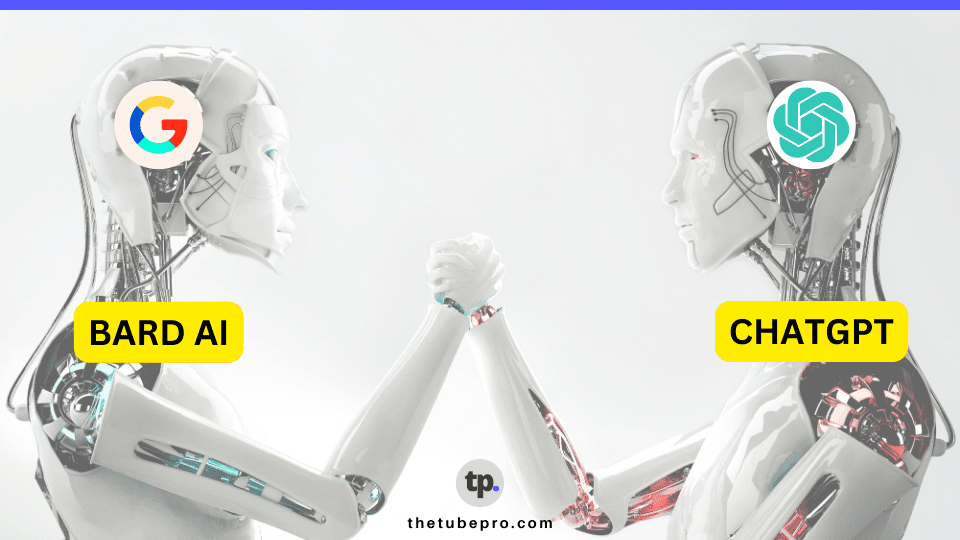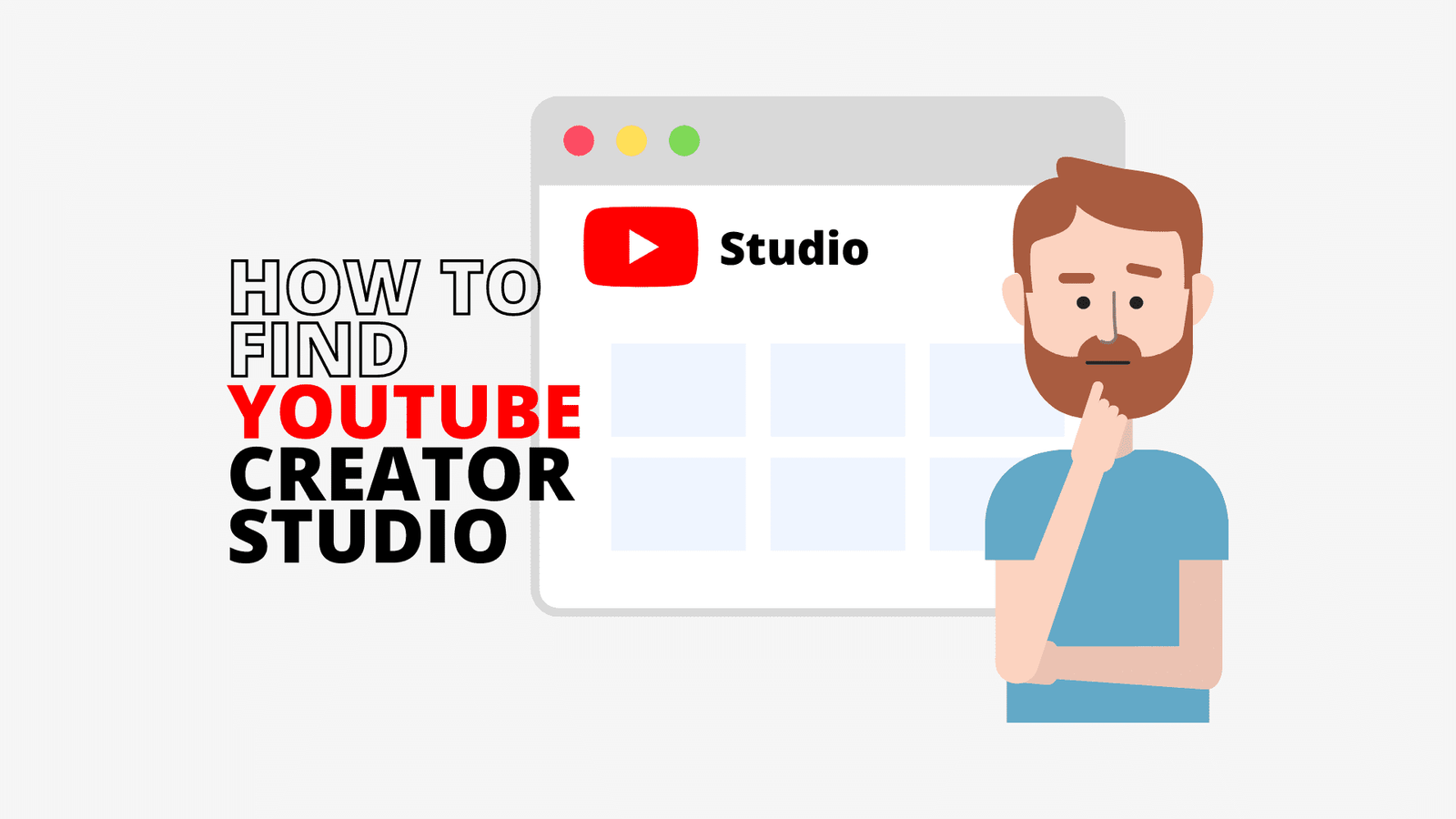In the rapidly evolving landscape of AI chatbot technology, two major players have emerged: ChatGPT and Google Bard AI.

These powerful conversational AI chatbots are changing the way we interact with technology, and both have their unique capabilities and features.
In this article, we will explore the strengths and weaknesses of ChatGPT and Google Bard AI, and provide a comprehensive comparison to help you determine which one is the best for your needs.
Understanding ChatGPT
ChatGPT, developed by OpenAI, is an AI chatbot that generates human-like responses based on text input.
It has been trained on a vast amount of internet text, making it capable of providing conversational responses and generating summaries and other types of text.
With its ability to employ context, ChatGPT can understand and respond to a wide range of prompts.
Exploring Google Bard AI
Google Bard AI is another AI chatbot that aims to rival ChatGPT in the market. Like ChatGPT, Google Bard AI can answer questions and generate text from prompts.
It is based on Google’s own Large Language Model (LLM) called LaMDA (Language Model for Dialogue Applications).
Trained on hundreds of billions of parameters, LaMDA enables Google Bard AI to provide natural and conversational responses.
Features Comparison: ChatGPT vs. Google Bard AI
Let’s dive deeper into the features of both ChatGPT and Google Bard AI to understand their unique capabilities and differences.
ChatGPT Features:
- Generates summaries and other types of text: ChatGPT can generate summaries, articles, and other forms of text based on given prompts.
- Provides conversational responses: With its extensive training on internet text, ChatGPT can engage in conversations and provide human-like responses.
- Employs context: ChatGPT utilizes context from previous interactions to generate more coherent and relevant responses.
Google Bard AI Features:
- Natural and conversational language: Google Bard AI, powered by LaMDA, is designed to generate responses in a natural and conversational manner.
- Creative writing and coding skills: Bard has been upgraded with PaLM 2, which enhances its creative writing and coding capabilities.
- Multi-lingual support: Google Bard AI supports multiple languages, including Japanese and Korean, with plans to expand to 40 more languages.
Pricing and Accessibility
When considering which AI chatbot to choose, pricing and accessibility are important factors to consider.
ChatGPT offers a basic version that is free to use, with a limit of 100 questions per day. For more advanced features and faster response times, ChatGPT Plus is available for a monthly subscription fee of $20.
Additionally, OpenAI offers the ChatGPT API for organizations, providing access to more features and capabilities.
On the other hand, Google Bard AI is a part of Google’s suite of products and services. While it hasn’t officially replaced Google Assistant, Bard is a powerful AI assistant with advanced conversational abilities.
It is accessible through various Google platforms and devices.
Advantages and Disadvantages
Both ChatGPT and Google Bard AI have their strengths and weaknesses. Let’s explore them in more detail.
ChatGPT Advantages:
- Extensive training on internet text: ChatGPT’s training on a vast amount of internet text enables it to provide informative and contextually relevant responses.
- Free basic version available: The basic version of ChatGPT is free to use, making it accessible to a wide range of users.
- OpenAI’s continuous updates: OpenAI is actively working on improving ChatGPT and regularly releases updates to enhance its capabilities.
ChatGPT Disadvantages:
- Limitations of language models: ChatGPT’s responses are based on statistical analysis and may not always guarantee factual accuracy.
- Potential lack of depth in responses: While ChatGPT can generate conversational responses, it may not always provide in-depth insights or detailed knowledge on complex topics.
Google Bard AI Advantages:
- Natural and conversational responses: Bard’s training on LaMDA allows it to generate responses that feel more human-like and conversational.
- Creative writing and coding capabilities: The upgraded PaLM 2 in Google Bard AI enhances its creative writing and coding skills, making it a versatile tool.
- Multi-lingual support: Bard supports multiple languages, making it accessible to a diverse global audience.
Google Bard AI Disadvantages:
- Limited availability: Google Bard AI is currently not as widely available as ChatGPT, as it is part of Google’s suite of products and services.
- Potential privacy concerns: As with any AI chatbot, users should exercise caution when sharing sensitive or confidential information.
ChatGPT vs. Google Bard AI: A Full Comparison
To provide a comprehensive comparison between ChatGPT and Google Bard AI, let’s delve into various aspects and evaluate their performance.
Language Understanding and Generation:
Both ChatGPT and Google Bard AI rely on large language models (LLMs) to generate responses.
ChatGPT utilizes the GPT-3.5 LLM, while Google Bard AI employs LaMDA and PaLM 2.
The GPT-3.5 LLM has a vast dataset, although limited to 2021, while LaMDA and PaLM 2 offer more recent information and improved capabilities.
Conversational Abilities:
ChatGPT and Google Bard AI aim to provide conversational responses.
ChatGPT has been trained on a large corpus of internet text, enabling it to engage in conversations and provide relevant answers.
Google Bard AI, with its focus on natural and conversational language, offers responses that feel more human-like.
Multilingual Support:
Google Bard AI has an advantage when it comes to multilingual support.
It currently supports Japanese and Korean languages, with plans to expand to 40 more languages in the future. ChatGPT, on the other hand, primarily operates in English.
Pricing and Accessibility:
ChatGPT offers a free basic version, making it accessible to users with different requirements.
ChatGPT Plus, available for a monthly subscription fee, provides additional features and faster response times.
Google Bard AI, being a part of Google’s suite of products, is accessible through various Google platforms and devices.
Accuracy and Factuality:
While both ChatGPT and Google Bard AI strive to provide accurate responses, it is essential to understand the limitations of language models.
ChatGPT’s responses are based on statistical analysis and may not always guarantee factual accuracy.
Similarly, Google Bard AI’s responses should be evaluated critically, as they are generated based on trained patterns and may not always reflect factual information.
Can ChatGPT Destroy Google Bard AI?
As the AI landscape continues to evolve, it is essential to remember that competition drives innovation.
While ChatGPT and Google Bard AI are competitors in the AI chatbot space, it is unlikely that one will completely destroy the other?
Both have their unique strengths and weaknesses, and users will choose based on their specific needs and preferences.
How to Use Google Bard as an Alternative to ChatGPT?
For users seeking an alternative to ChatGPT, Google Bard AI can be a powerful option. It provides natural and conversational responses, multi-lingual support, and improved creative writing and coding capabilities.
Users can access Google Bard AI through various Google platforms and devices, leveraging its advanced AI assistant features.
Can Google Bard Replace ChatGPT?
While Google Bard AI offers robust conversational abilities and improved features, it is important to understand that it has not officially replaced Google Assistant.
ChatGPT, on the other hand, has become popular among users for its conversational and contextual responses.
Whether Google Bard AI can fully replace ChatGPT depends on individual preferences and requirements.
Final Thoughts
In conclusion, both ChatGPT and Google Bard AI are powerful AI chatbots with their unique capabilities.
While ChatGPT offers extensive training on internet text and a free basic version, Google Bard AI excels in natural and conversational responses, multi-lingual support, and creative writing and coding skills.
Users should consider their specific needs, preferences, and the strengths and weaknesses of each AI chatbot to determine which one is the best fit for their requirements.




